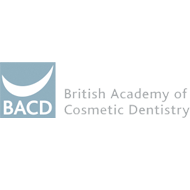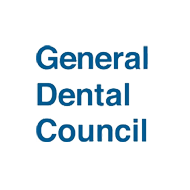Plaque is a sticky film of bacteria that collects on all the surfaces of teeth, particularly in between them and on the surfaces close to the gums. This dental plaque is the cause of tooth decay and gum disease.
When sugar and sugary products are eaten or drunk, the bacteria that live in the plaque produce acids that dissolve the minerals in the teeth and create holes (cavities). These acids begin to dissolve tooth enamel within 20 minutes of eating. The holes are usually painless – until they grow quite large inside the tooth. Without treatment, the decayed holes could eventually result in a tooth abscess.
If the gums are receding or there is gum disease present, tooth decay can develop on the exposed roots of the teeth. The roots of teeth are made from a softer material than the tooth enamel [dentine] and so holes will develop more quickly on the roots. Root surfaces also accumulate lots of plaque.
The type of food and how often it is eaten are more important than the amount of sugar involved. Sticky foods are more harmful than non-sticky foods because they remain on the surface of the teeth for longer. Frequent snacks increase the time that the harmful acids are in contact with the surface of the tooth.
Sugary snacks and drinks should be avoided, particularly between meals. If snacks are taken, they should be foods such as fruit, toast and cheese rather than sweets, biscuits and cakes. If sweets, biscuits and chocolates are eaten, it should only be once a day and then the teeth should be brushed.
Plaque is also a contributing factor to gum disease. When it collects around the necks of teeth it causes an inflammatory reaction in the gum. The gum then swells and creates a gap (pocket) between the tooth and gum. This pocket is more difficult to clean effectively, so more plaque builds up in the area and the pocket becomes deeper. This is a continuing cycle that can lead to serious long term problems.
These problems caused by plaque can be controlled by keeping the teeth and gums clean. This is best done by regularly brushing [twice a day for two minutes] using a toothpaste containing fluoride and flossing [once a day].
Dental plaque is quite difficult to see, but there are special tablets (disclosing tablets) available from a dentist. If chewed, they will colour the plaque to make it more visible.
The use of mouthwashes containing fluoride will provide extra protection against tooth and root decay.








